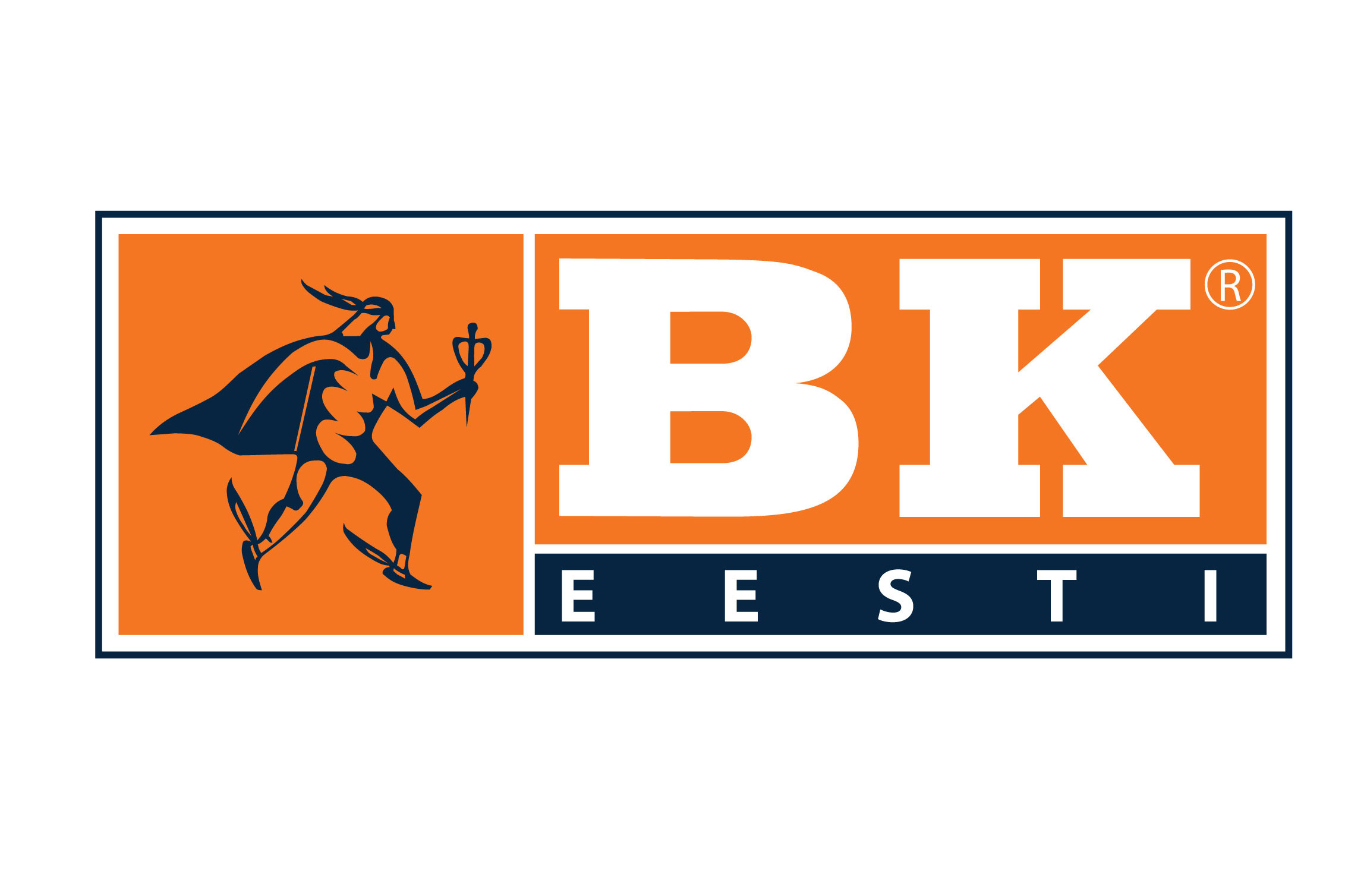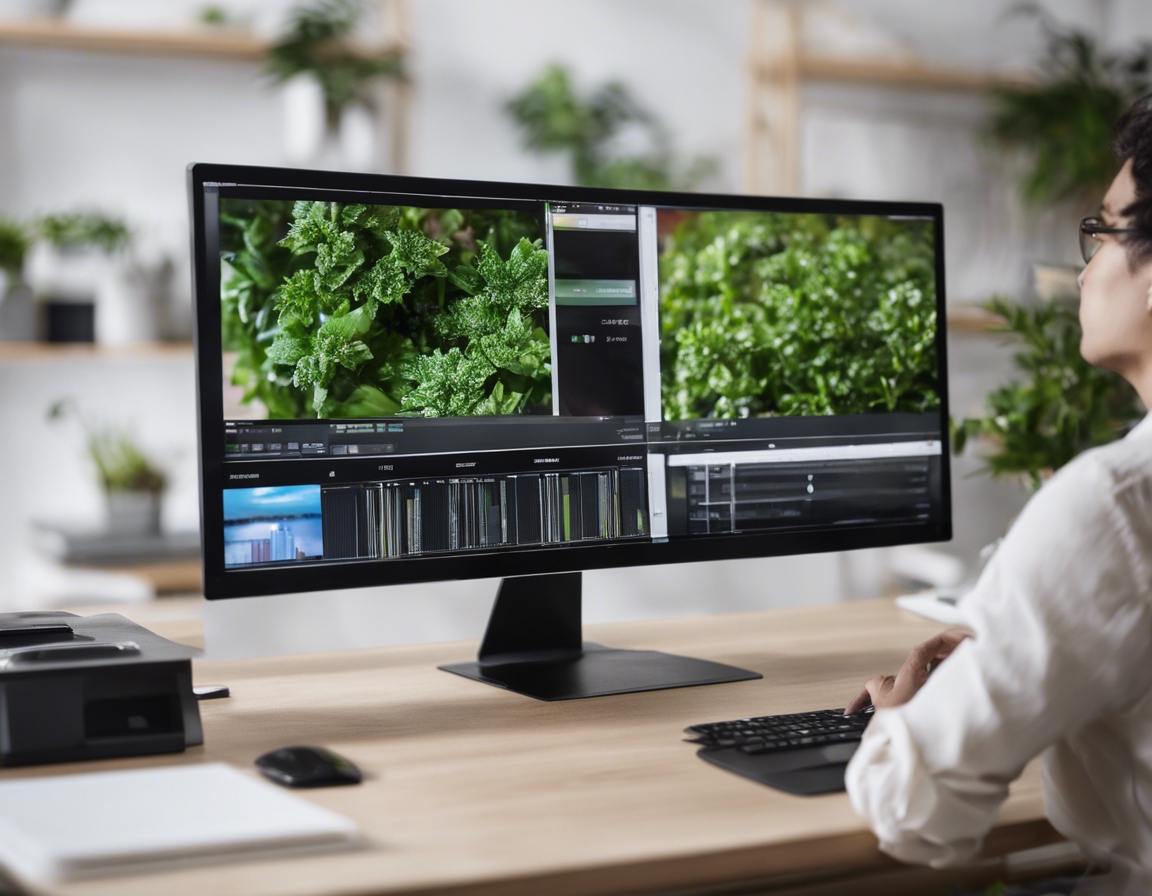Top 5 security trends for 2024
As we move into 2024, the landscape of security is rapidly evolving, driven by technological advancements and the increasing complexity of threats. Businesses and individuals alike are seeking innovative solutions to safeguard their assets and data. This year, several key trends are set to redefine how we approach security, offering enhanced protection and efficiency.
Trend 1: AI-Powered Security Systems
Artificial Intelligence (AI) is revolutionizing the security industry by providing smarter, more responsive systems. AI algorithms can analyze vast amounts of data in real-time, identifying potential threats faster than traditional methods.
AI-powered security systems offer numerous benefits, including improved threat detection, reduced false alarms, and enhanced decision-making capabilities. These systems can adapt to new threats, learning from each incident to improve future responses.
From smart surveillance cameras to automated threat response systems, AI is being integrated into both commercial and residential security solutions. Businesses are leveraging AI to protect sensitive data, while homeowners enjoy increased peace of mind with intelligent home security systems.
Trend 2: Cybersecurity Mesh
Cybersecurity Mesh is a flexible, modular approach to security architecture that allows disparate security services to interoperate. This trend is gaining traction as organizations seek to protect their digital assets across increasingly complex IT environments.
By adopting a cybersecurity mesh, businesses can achieve a more cohesive security posture, ensuring that all components of their IT infrastructure are protected. This approach also facilitates better threat intelligence sharing and response coordination.
Implementing a cybersecurity mesh involves integrating existing security tools and platforms, allowing for seamless communication and collaboration. This integration enhances overall security effectiveness and resilience.
Trend 3: Zero Trust Architecture
Zero Trust is a security model that operates on the principle of 'never trust, always verify.' It requires strict identity verification for every person and device attempting to access resources on a private network, regardless of whether they are inside or outside the network perimeter.
As cyber threats become more sophisticated, the Zero Trust model is crucial for protecting sensitive data and systems. It minimizes the risk of unauthorized access and data breaches by continuously validating user identities and device integrity.
Implementing Zero Trust involves several steps, including defining access policies, segmenting networks, and deploying multi-factor authentication. Organizations must also continuously monitor and assess their security posture to ensure compliance with Zero Trust principles.
Trend 4: Biometric Authentication
Biometric authentication uses unique biological characteristics, such as fingerprints, facial recognition, and voice patterns, to verify identities. This method is becoming increasingly popular due to its convenience and security.
Recent advancements in biometric technology have improved accuracy and speed, making it a viable option for both personal and professional use. Enhanced algorithms and sensors are reducing the risk of false positives and negatives.
Biometric authentication is being adopted across various sectors, including banking, healthcare, and government. It offers a secure and efficient way to manage access control and identity verification, enhancing overall security.
Trend 5: IoT Security Enhancements
The Internet of Things (IoT) continues to expand, with billions of connected devices in use worldwide. This growth presents new security challenges, as each device can potentially be a point of vulnerability.
To address these challenges, security enhancements for IoT devices are crucial. Solutions include stronger encryption, regular firmware updates, and network segmentation to isolate IoT devices from critical systems.
As IoT technology evolves, so too will the security measures needed to protect it. Future developments may include AI-driven threat detection and automated response systems, ensuring that IoT devices remain secure and reliable.








Comments (0)